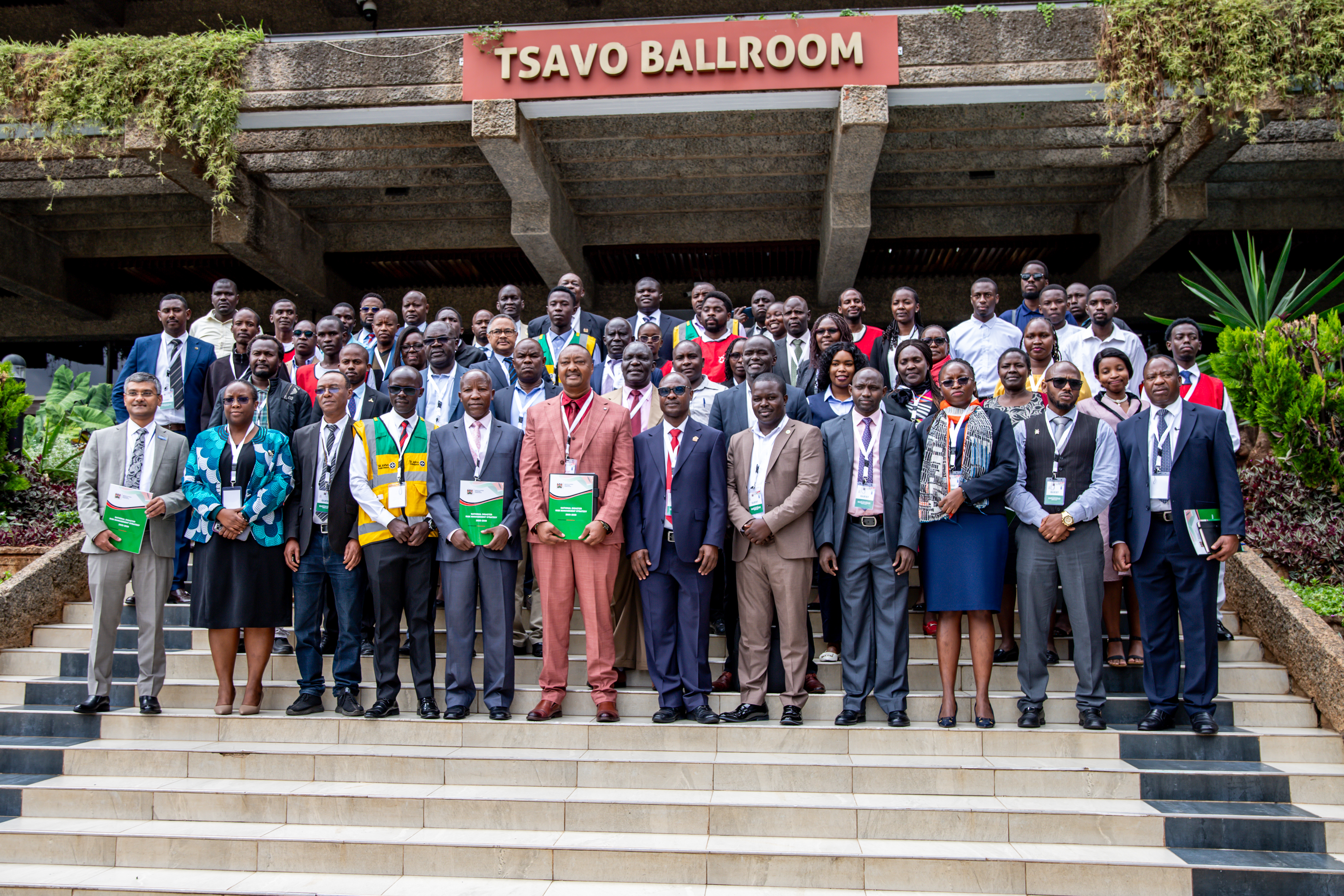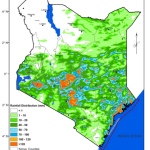Kenya Launches National the Disaster Risk Management Strategy (2025-2030) to Strengthen Disaster Risk Management
Nairobi, 18 June 2025 – Kenya marked a historic milestone in its national disaster preparedness journey with the official launch of the Kenya National Disaster Risk Management (DRM) Strategy 2025–2030, held at the Tsavo Ballroom, Kenyatta International Convention Centre (KICC). The event, hosted by the National Disaster Operations Centre (NDOC) under the Ministry of Interior and National Administration, brought together a broad cross-section of national and international partners in a unified call to action for building resilience across the country.
The launch was graced by Mr. Thomas Saka, Secretary, Ministry of Interior and National Administration, and other esteemed guests, including the UN Resident Coordinator, Dr. Stephen Jackson, and representatives from UNDRR, UNDP, UNICEF, IGAD, RCMRD, and other development partners. Also in attendance were stakeholders from national and county government institutions, civil society, academia, and the private sector, demonstrating the strategy’s “whole-of-society” approach.
For years, Kenya’s disaster response mechanisms have been largely reactive, fragmented, and under-resourced. The absence of a coordinated and comprehensive framework exposed communities to recurring and escalating vulnerabilities. The newly launched DRM Strategy directly addresses this gap by offering a clear, actionable framework for enhancing preparedness, coordination, and long-term resilience.
The strategy replaces the earlier Disaster Risk Reduction Strategy (2006–2016) and seeks to institutionalize a shift from short-term emergency response toward anticipatory action, integrated risk reduction, and sustainable development planning.
Spanning the period 2025 to 2030, the strategy aligns with the Sendai Framework for Disaster Risk Reduction, Kenya Vision 2030, and other global and regional instruments. It is built around five key priority areas:
- Establishing a strong legal and institutional framework for DRM
- Strengthening national and county capacities for risk management
- Enhancing data, knowledge, and information systems
- Building community resilience against disasters and climate shocks
- Mainstreaming DRM across all development sectors and planning processes
Importantly, the strategy promotes anticipatory action, comprehensive early warning systems, and risk-informed planning—crucial tools for saving lives and reducing economic and environmental losses.
The bold national vision received strong backing from the United Nations, the European Union, and various bilateral and multilateral partners, who pledged their continued support for implementation. Speaking during the launch, Dr. Stephen Jackson underscored the importance of building systems that prioritize prevention, protect the vulnerable, and foster international collaboration.
Moving forward, the NDOC will lead a structured implementation process, supported by the establishment of a national coordination framework and monitoring mechanisms. The strategy also calls for the enactment of a comprehensive Disaster Risk Management Bill, further decentralization of risk governance, and investment in human and technical capacities across all levels.
The Kenya National DRM Strategy now serves as the national blueprint for protecting lives, livelihoods, and development gains from the growing threats of disasters, ensuring that no one is left behind




